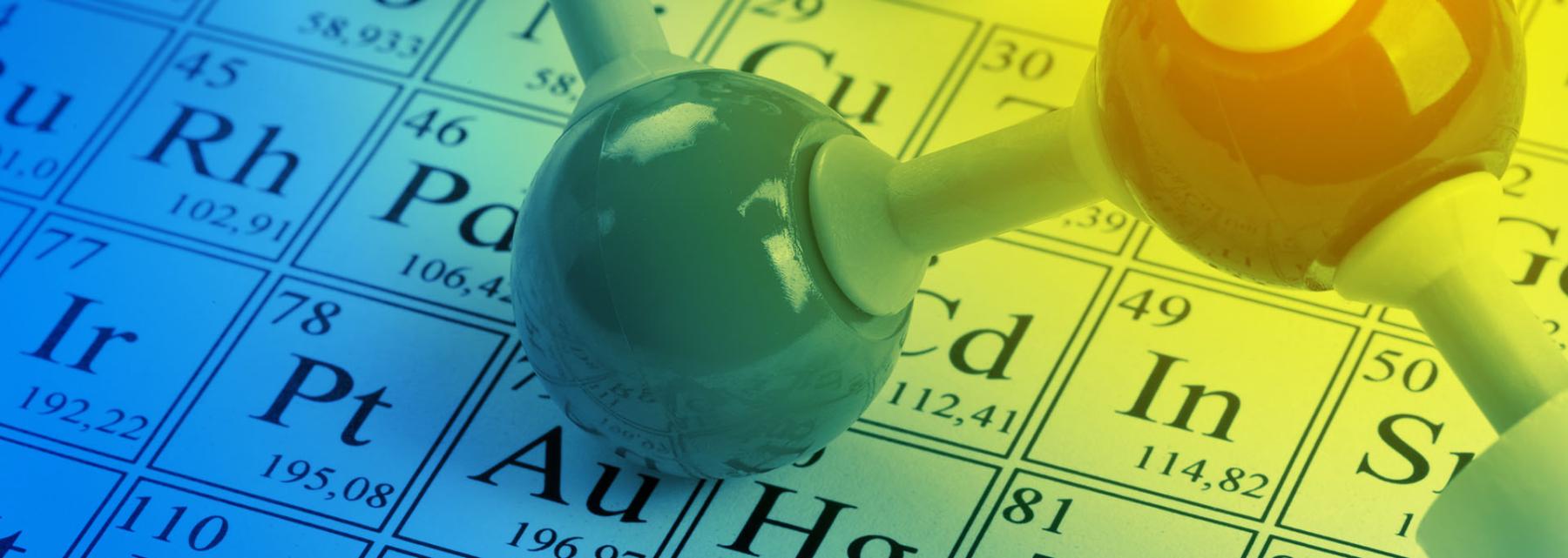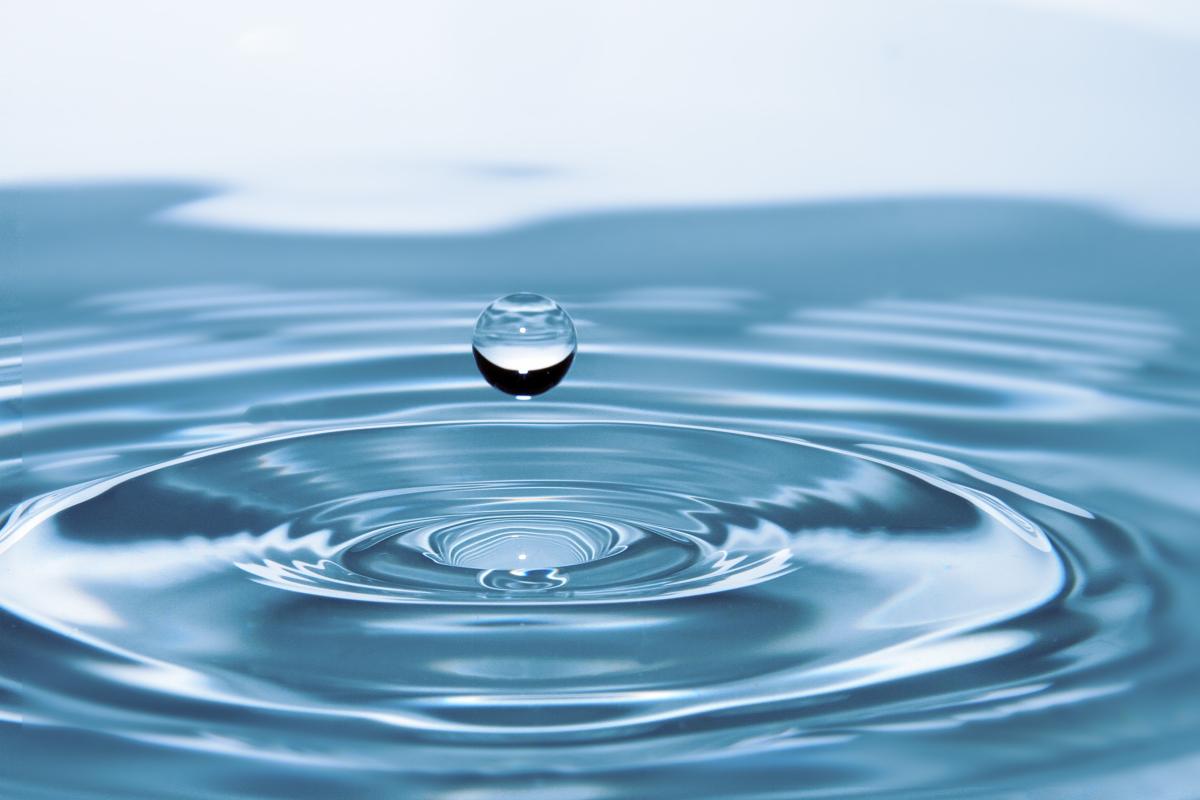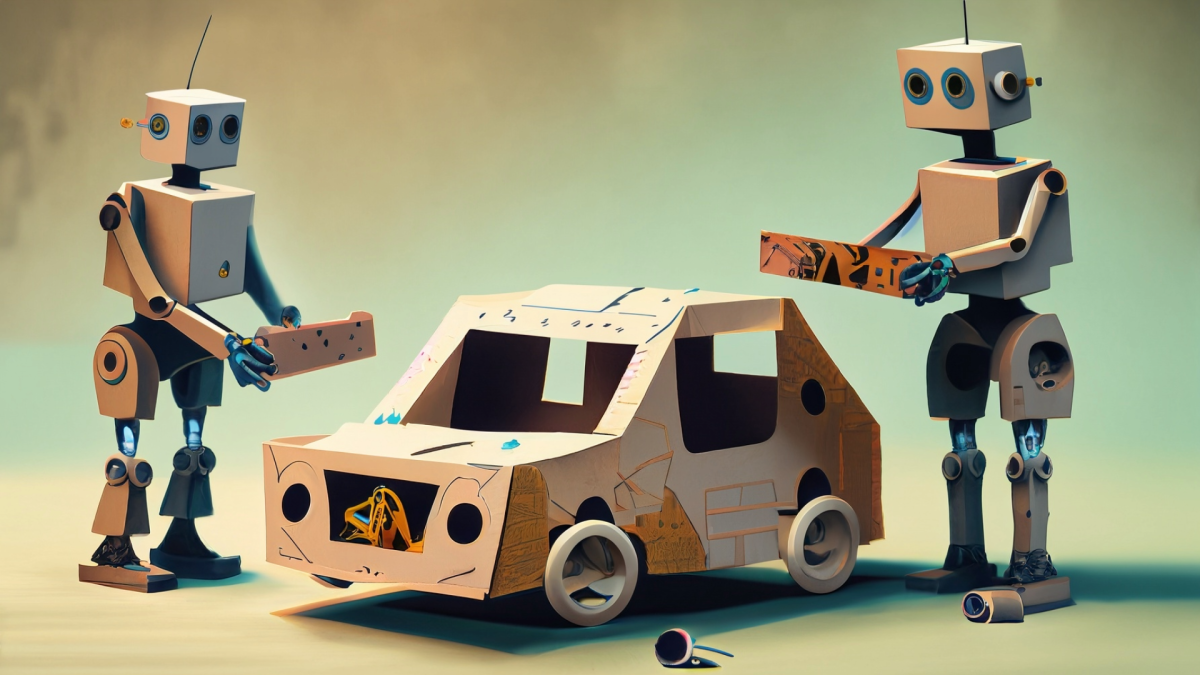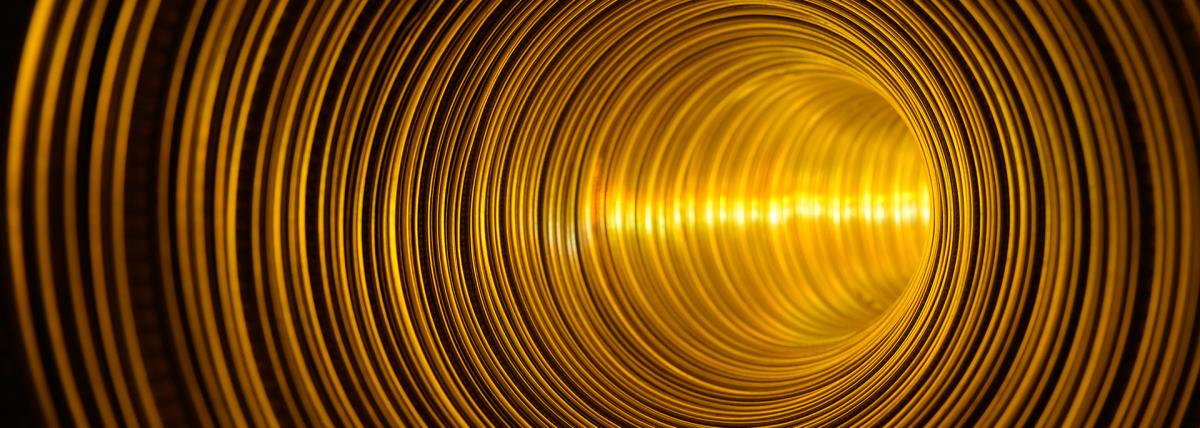
pH of Soils and Introduction to Analytical Techniques
This lesson took place in a 90 minute after school STEM club (could work in 2 - 45 minute class periods). Students may work in small groups of 2-4. An emphasis on sample collection and analytical techniques. Student exploration and different soil types are recommended. Facilitate student reflection on why and how different soils grow different plants.
Lesson Grade Level
8th GradeLesson Plan Link/URL
https://docs.google.com/presentation/d/1RLmE8jJtJJxXVIvzLDJqAl2LkfO9gsFU/edit?u…Subject Area
Science Physical Science P1: Matter Technology 5. Computational Thinker Mathematics Measurement and Data (MD)Related Content

In this lesson series, students engage with the process of photosynthesis through making observations and processing data through the collection and measurement of gases. Students will integrate data

This lesson uses the knowledge of circuits (lessons 1 and 2) to make a battery-powered car. We used a tutorial from Tinkercad and designed our own body of a car. Then, I printed their cars. They

Students will create a Google slideshow presentation to document their progress through the engineering design process, which includes: researching the science of sound, then creating an instrument